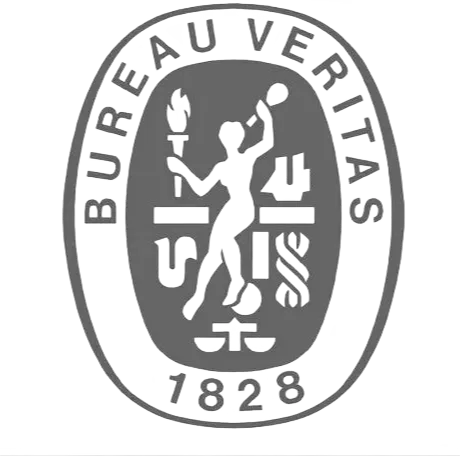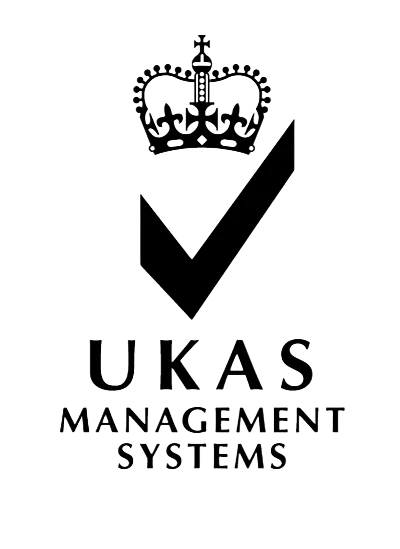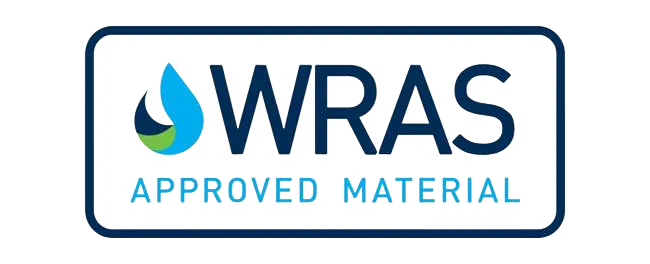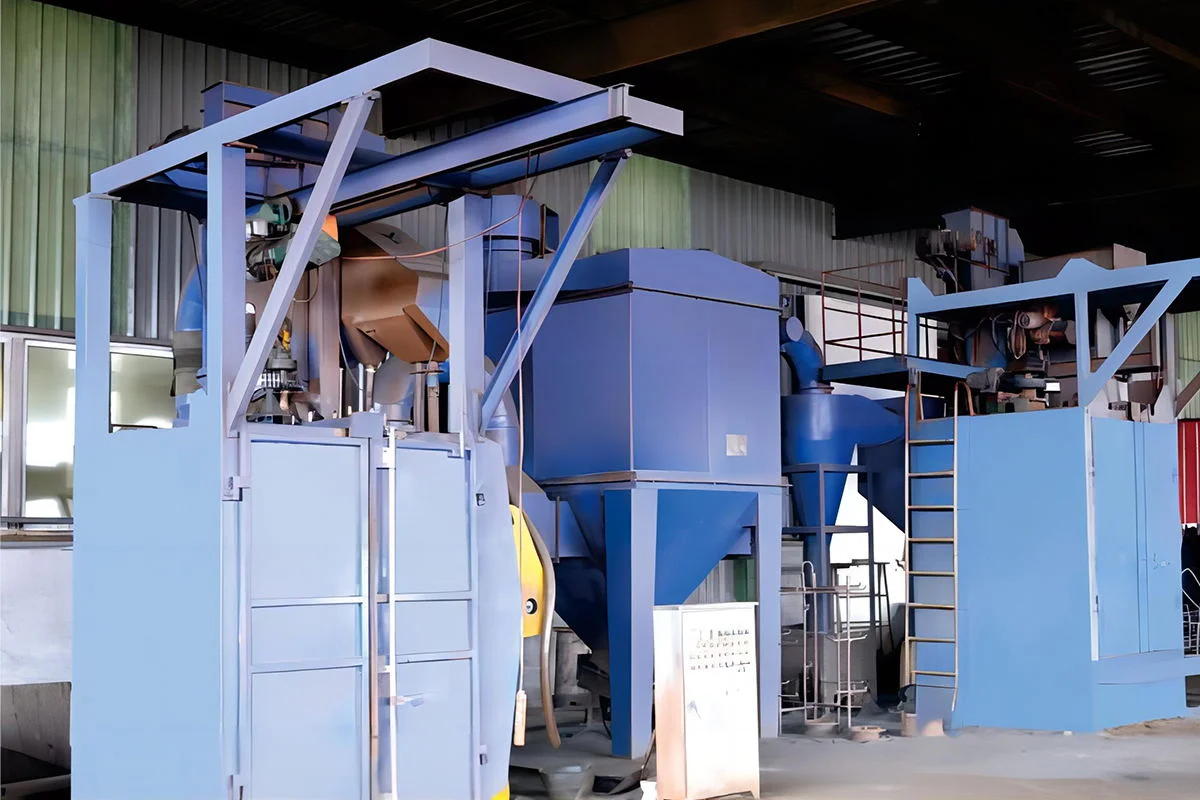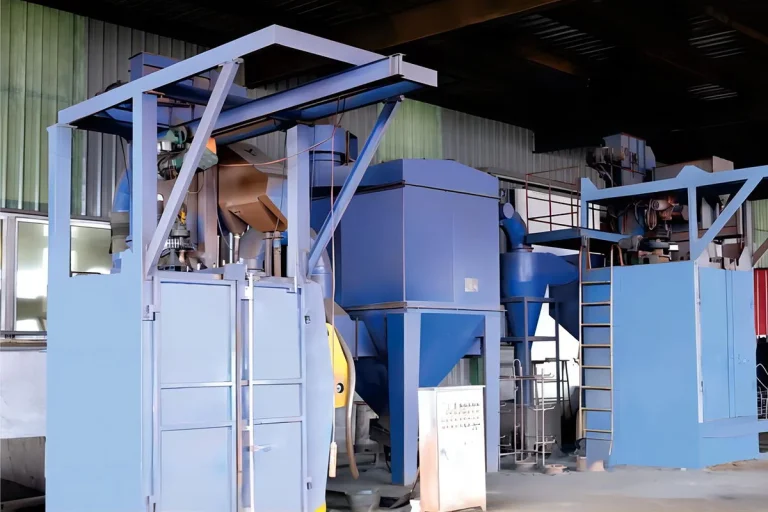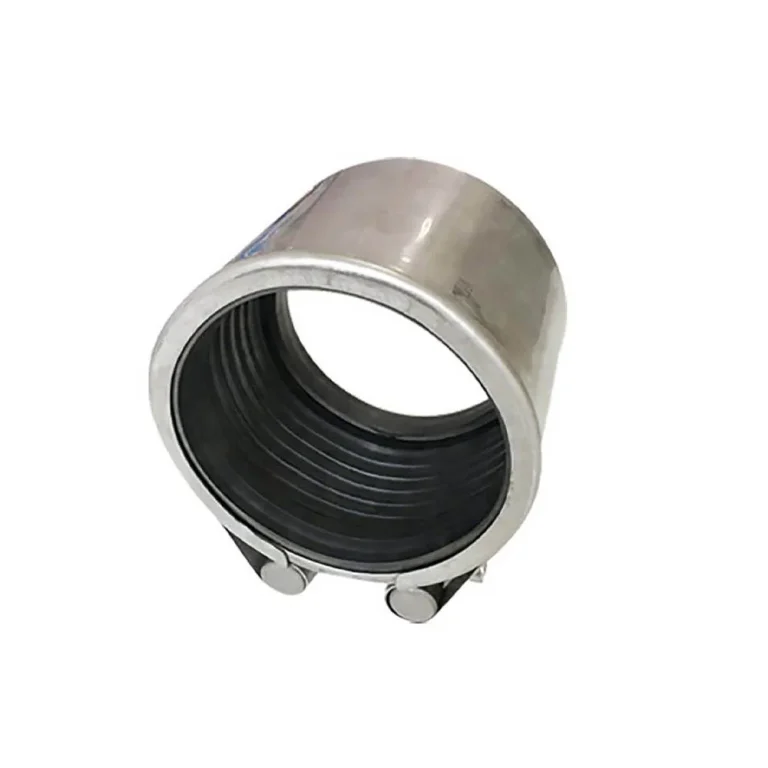What Ductile Iron Is Made Of
Elements Inside Ductile Iron
Ductile iron, sometimes called nodular cast iron, is mostly iron, carbon, and silicon. Carbon sits between 3.0% and 3.9%. Silicon ranges from 1.8% to 2.8%. These parts are key. They help form round graphite bits. Those bits give ductile iron its special qualities. Other stuff like manganese, phosphorus, sulfur, and magnesium shows up in tiny amounts. They tweak certain traits of the material.
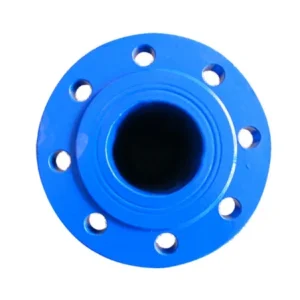
How Magnesium Shapes the Graphite
Magnesium matters a lot in ductile iron. It pushes graphite to form as round shapes. That’s different from the flat flakes in other cast irons. Workers add a small bit of magnesium to the hot iron before pouring it. This makes the graphite turn into nodules. Those nodules make ductile iron strong and bendy.
How It Stacks Up Against Other Cast Irons
Ductile iron isn’t like other cast irons. Its structure sets it apart. Gray cast iron has flat graphite flakes. Ductile iron has round graphite nodules instead. That setup gives it better strength and toughness. White cast iron is tough but breaks easy because of its carbide bits. Ductile iron, though, is easier to work with and tougher overall.
What’s Inside 65-45-12 Ductile Iron
Graphite in the 65-45-12 Type
The 65-45-12 kind of ductile iron has clear strengths. It can pull 65 ksi before breaking. It bends at 45 ksi. It stretches 12% before snapping. The graphite here looks like little round balls in the metal. Those balls help it perform well under pressure.
The Mix of Ferrite and Pearlite
The 65-45-12 ductile iron has a ferritic base. It also has some pearlitic spots. The ferrite part makes it flexible. It handles sudden hits well. The pearlite bits add hardness and power. This combo works great for heavy-duty jobs. It keeps things tough yet durable.
How Strong and Useful It Is
Pulling and Bending Strength
Ductile iron holds up well when pulled or bent. It beats other cast irons in this area. Take the 65-45-12 grade. It pulls at 65 ksi. It bends at 45 ksi. That makes it perfect for jobs needing to carry big loads.
Handling Hits and Wear
Ductile iron takes hits like a champ. The round graphite soaks up energy. It stops cracks from forming. Plus, it lasts through lots of stress over time. It doesn’t give out even after repeated pushes.
Heat Movement and Size Changes
Ductile iron moves heat decently. That’s good for jobs needing heat to flow. It doesn’t expand much when hot, either. Compared to other metals, it stays steady in size. That’s handy when temperatures shift.
BEIJING FINECAST GREEN TECHNOLOGY LTD knows how to use smart tricks. They craft top-notch ductile iron parts for all kinds of industries.
Heating and Toughening It Up
Oil Cooling Trick
One way to toughen ductile iron is oil quenching. First, heat it up high. Then dunk it in oil fast. The quick cool switches up its insides. It gets harder and stronger. This works well for parts that need to resist wear and stay tough.
Hardening Just the Outside: Flame and Induction
Flame and induction hardening boost the outside of ductile iron. With flame hardening, a hot flame hits the surface. Then it cools quick. The top gets hard, but the inside stays tough. Induction uses electric waves to heat the outside fast. Cooling follows. It lets you control how deep and where it hardens.
Why Austempering Fits
Austempering works nicely for ductile iron. It mixes strength, toughness, and wear resistance. Heat the iron until it’s austenitic. Cool it slow in a salt bath. This builds a bainitic structure inside. That setup keeps it strong without losing its bendiness.
Where Ductile Iron Gets Used
Car Parts: Gears and Pistons
Ductile iron shines in car-making. It’s great for gears and pistons. Those parts need strength without extra weight. They also need to last and resist wear. Ductile iron handles the tough stresses cars throw at it.
Fluid Systems: Blocks and Valves
In fluid power setups, ductile iron makes cylinder blocks and valves. It stands up to high pressure. It deals with heat swings, too. Plus, it’s easy to shape precisely. That helps fluid systems run smoothly.
Machine Bits: Bushings and Flywheels
Ductile iron fits well in machinery. Think bushings and flywheels. It takes on moving loads without trouble. It cuts down vibrations, keeping things quiet. Its pulling strength keeps it reliable in rough spots.
Why Makers Like Ductile Iron
Easy to Shape and Smooth
Ductile iron is a breeze to machine. You can carve it into tricky shapes accurately. The surface comes out smooth and nice. That cuts costs. It saves time and keeps tools from wearing out fast.
Quieting Down Shakes
The round graphite in ductile iron soaks up shakes. That’s a big plus where noise matters. Think car parts or big machines. Less shaking means less wear over time. Parts last longer because of it.
Cheaper Than Steel
Ductile iron saves money compared to steel. It costs less to get and make. Still, it’s strong and tough like steel. Manufacturers love that. They get good stuff without spending too much.
FAQs
What heat tricks work on ductile iron?
You’ve got oil quenching, flame hardening, induction hardening, and austempering.
Why pick ductile iron for car gears?
It’s strong for its weight, lasts long, and fights wear well.
What’s austempering do for it?
It makes it stronger and tougher. Slow cooling keeps it flexible, too.
Why’s ductile iron cheaper than steel?
It’s less pricey to buy and make. Yet it performs just as good.
Want more info or custom Conflex help? Reach out to us. Contact BEIJING FINECAST GREEN TECHNOLOGY LTD at LIAONING YINGKOU HIGH-TECH INDUSTRIAL PARK, CHINA.

